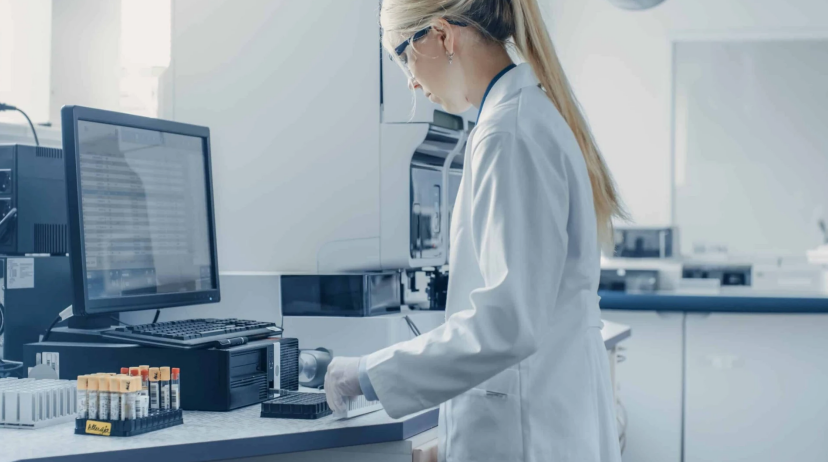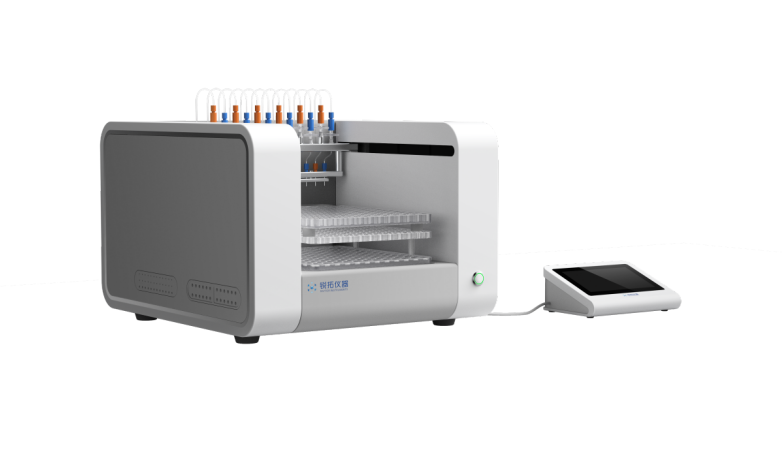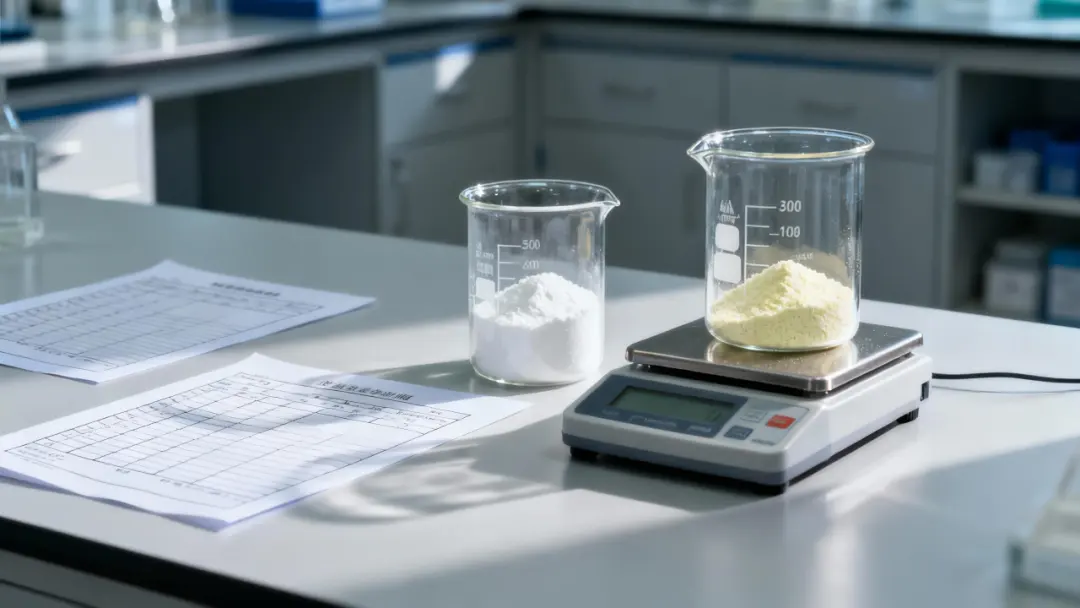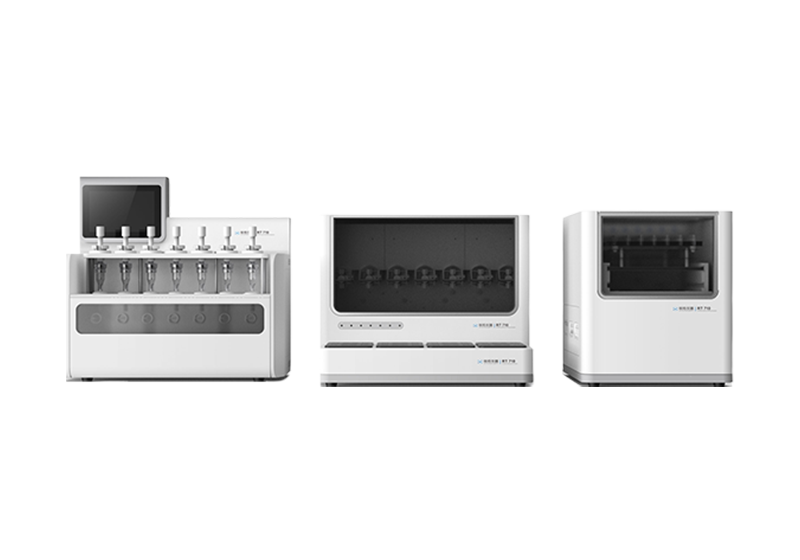A decade ago, many laboratories still relied on manual pipetting, daily sampling schedules scribbled on whiteboards, and a mountain of disposable tips piling up at day's end. Today, Laboratory process automation is transforming that familiar scene into a streamlined, data-driven workflow where intelligent instruments orchestrate sampling, cleaning, and reporting with minimal human touch. At the center of this shift stands the RT-Auto Series Micro Liquid Sample Processors from Raytor - compact systems built to handle demanding sample volumes in pharmaceuticals, medical research, food safety, chemical synthesis, and semiconductor fabrication.

Why Speed and Consistency Can No Longer Wait
• A Market Under Pressure
Regulatory agencies expect error-free documentation; consumers demand faster product rollouts; and researchers must publish or perish. Manual protocols simply struggle to keep pace. In live-cell studies, for instance, a misplaced vial cap or delayed nutrient addition can ruin days of work. Laboratory process automation addresses these risks by introducing repeatable, timestamped actions that fit neatly within Good Laboratory Practice frameworks.
• Performance Headaches of Traditional Methods
Several obstacles frequently undermine productivity:
✅ Staff fatigue leads to pipetting mistakes
✅ Irregular sampling intervals reduce statistical confidence
✅ Cross-contamination risks increase with every manual transfer
✅ Spatial constraints limit equipment layout and expansion
With budgets squeezed and staffing shortages becoming the norm, laboratories cannot treat these challenges as acceptable overhead. Instead, many now view automation as a strategic investment that pays for itself by freeing scientists to focus on interpretation rather than repetitive tasks.
Inside the RT-Auto Series
• Compact Engineering for Crowded Benches
Each RT-Auto unit occupies roughly the footprint of a desktop printer yet incorporates an ultra-clean bench enclosure. This combination allows installation in biosafety cabinets or downflow workstations without sacrificing sterile boundaries. An external touchscreen keeps hands outside the chamber, reducing contamination and simplifying remote control when the operator is in another room.
• Intelligent Control and Multichannel Architecture
Where earlier-generation robots required complex scripting, the RT-Auto interface uses drag-and-drop scheduling. Channels can be expanded from four up to twelve, while sample tray capacity scales from twenty to 180 vials. Such flexibility lets a single instrument run small R&D batches today and full-scale product testing tomorrow - no extra chassis needed.
Key technical highlights:
✅ High-precision injection pumps with ±1 % volumetric accuracy
✅ Optional in-line filters for particulate-sensitive assays
✅ Puncture-cap mechanisms compatible with liquid-phase vial caps
✅ Automated rinse cycles to reduce carry-over to negligible levels
• Built-In Functions Extend Beyond Simple Transfers
The processor's firmware supports specialized routines:
✅ Timed sampling from shakers for fermentation or cell-culture studies
✅ Controlled purified-water injection for sterile media preparation
✅ Visual pre-checks for foreign matter in injectable formulations
By embedding these steps, the system acts more like a lab partner than a mere instrument, ensuring that every sample reaches the analyzer in an optimal state.

Real-World Impact
- Pharmaceutical Quality Control
Sterile injectables must pass stringent particulate and endotoxin tests before release. RT-Auto's ability to pierce rubber septa, withdraw micro-aliquots, and flush lines between runs eliminates many contamination vectors. In validation trials, laboratories have reported reduction in out-of-spec results simply by replacing manual draws with automated pulls.
- Bioprocess Development
During fermentation, critical parameters such as pH, glucose concentration, and cell density change rapidly. Manual collection every two hours risks missing spikes or drops that signal metabolic shifts. An RT-Auto unit can withdraw 1 mL samples at ten-minute intervals, store them in chilled racks, and label each with a barcode - creating a granular timeline that accelerates process optimization.
- Semiconductor Wet-Chemistry Labs
Even outside life sciences, Laboratory process automation is gaining traction. Semiconductor fabs use wet-bench etchants and photoresist strippers that must be monitored for metal ions and particulates. The RT-Auto platform handles corrosive chemistries with its resistant tubing and automatic neutralization rinse, enabling technicians to focus on yield analysis rather than hazardous liquid handling.
- A Balanced Adoption Strategy
While the benefits are clear, successful deployment depends on thoughtful integration:
• Workflow Mapping - Chart existing protocols, then decide which steps to automate first.
• Training and Change Management - Empower staff with concise onboarding modules; hesitation often stems from unfamiliarity, not unwillingness.
• Data Connectivity - Link the RT-Auto system to LIMS or MES software so results flow directly into quality dashboards.
• Continuous Improvement - Leverage log files to spot recurring delays or errors and fine-tune schedules accordingly.
Laboratories that treat automation as an iterative journey, rather than a one-off capital purchase, see the greatest returns.
Final Thought
As research timelines shrink and compliance demands rise, laboratories worldwide are searching for reliable ways to do more with less. Laboratory process automation - exemplified by Raytor's RT-Auto Series - delivers the precision, speed, and consistency modern science requires. The transition may involve new training manuals and revised SOPs, but the payoff is unmistakable: cleaner data, happier staff, and discoveries that reach the market faster. In the race for innovation, laboratories equipped with intelligent automation will set the pace - and everyone else will scramble to keep up.



